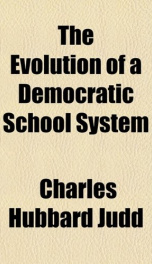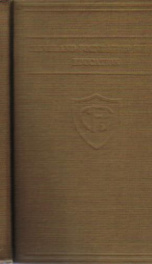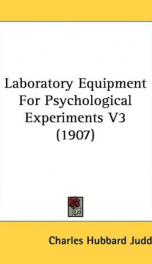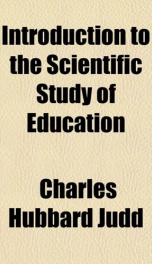the evolution of a democratic school system

Purchase of this book includes free trial access to www.million-books.com where you can read more than a million books for free. This is an OCR edition with typos. Excerpt from book: THE EVOLUTION OF A DEMOCRATIC SCHOOL SYSTEM INTRODUCTION The common school is sometimes described as a product of the Reformation. Before that period there was no thought of special training for ordinary boys and girls. The humble tasks of their daily lives called for no knowledge of the arts of reading and writing, and such skill as they required for practical occupations was acquired by imitation. There was no demand, even in the upper levels of society, for the education of girls. The duties of girls were domestic, and propriety forbade their training outside the home. It was only the sons of the aristocracy who were thought of as needing schooling. For them there were developed, from the twelfth century on, schools of law and theology and places of training in the arts of war and the hunt. Education began as an exclusive right of the sons of the aristocracy. By the time the Puritans came to New England matters had progressed. The common man had reached a level where he had a right to schooling. But the traditions of aristocracy were still strong even in New England. The clergyman and others of the professional class were men apart, and the schools which prepared them for their life-work were exclusive institutions. Even as late as Revolutionary times a democratic system of education had not been worked out. Then came the period of rapid growth of republican ideas when the Nation framed its Constitution and set up its machinery of popular government. Still there lingered in the schools traditions of aristocratic exclusiveness in the form of separate schools for the professional classes; and for a long time these traditions could not be set aside in the interests of democratic schools. The prospects of advance toward a strictly democratic educational system were b...
Info about the book
Author:
Series:
Unknown
ISBN:
1433103648
Rating:
3.5/5 (5)Your rating:
0/5
Languge:
English
Users who have this book
Users who want this book
What readers are saying
What do you think? Write your own comment on this book!
write a commentif you like the evolution of a democratic school system try:
Do you want to read a book that interests you? It’s EASY!
Create an account and send a request for reading to other users on the Webpage of the book!







